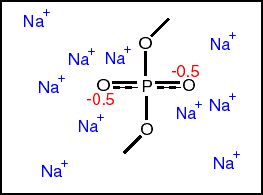|
Large DNA molecules may melt by segments Since the a:t base pair is held together by only two hydrogen bonds, while the g:c pair has three, you might guess that melting temperature was just a function of percent a:t pairs. Generally DNA rich in a:t does have a low melting temperature. Thus, for example, in very long DNA molecules with stretches rich in a:t pairs, and other regions rich in g:c pairs, the a:t stretches will melt before the g:c ones when the temperature is gradually increased. The curve of absorbance versus temperature will then increase slowly, the broad nature of the transition indicating compositional heterogeneity. |
|||
 |
